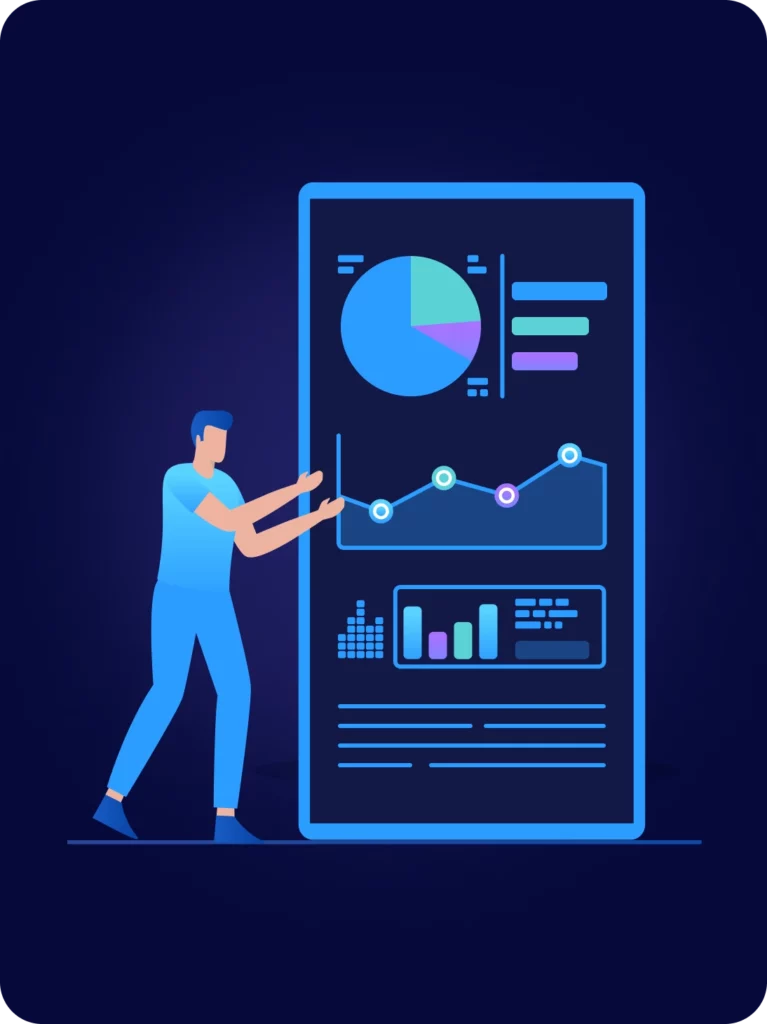WHY TRADITIONAL SENTIMENT ANALYSIS IS FAILING
Automated sentiment analysis has long been a standard metric in data analytics, promising clear-cut insights through numbers like “30% positive, 20% negative, 50% neutral.” But for industries like pharma, where nuance is critical, these simplistic categorizations often fail to capture the real meaning behind conversations.
Despite its popularity, sentiment analysis has consistently struggled with accuracy—many platforms fail to exceed even 70% reliability. This shortcoming is particularly glaring in industries like pharma, where nuance isn’t just nice-to-have—it’s critical. When a patient discusses medication side effects, traditional tools panic and flag it as negative, completely missing the context.
A patient could be saying, “Yes, there are side effects, but this medication changed my life,” and the system would still see red flags. Traditional sentiment tools would flag this as negative due to the mention of side effects—completely missing the positive takeaway.
This lack of contextual awareness leads to missed opportunities in KOL research.
AI: THE FUTURE OF SENTIMENT ANALYSIS IN KOL ENGAGEMENT
Enter AI-powered sentiment analysis. With the right training, AI doesn’t just classify emotions—it understands them. This new technology is reshaping KOL engagement platforms by:
- Detecting nuanced sentiment shifts over time rather than static positive/negative/neutral classifications.
- Recognizing intent, tone, and contextual meaning—going beyond keywords to understand the full picture.
- Revealing hidden narratives that traditional analytics fail to detect, enabling KOL discovery in unexpected places.
HOW AI WORKS: THE POWER OF NLP IN KOL DATA ANALYSIS
At the heart of this evolution is Natural Language Processing (NLP). Unlike traditional algorithms, NLP allows AI to:
- Read between the lines by recognizing word relationships and emotional cues.
- Analyze sentiment changes over time, providing deeper insights into how opinions evolve.
- Identify key opinion leaders (KOLs) with authentic influence, ensuring HCP targeting strategies focus on the right individuals.
In the screen recording below, I conducted an analysis on unmet patient needs among oncology opinion leaders. AI didn’t just categorize responses—it revealed evolving discussions, underlying concerns, and opportunities that traditional sentiment analysis would have ignored.
THE REAL IMPACT: FROM NUMBERS TO MEANINGFUL INSIGHTS
The best part of AI-driven KOL research? It shifts the focus from rigid numbers to true understanding. Sentiment analysis is no longer just about percentages—it’s about:
- Understanding the fears, hopes, and experiences of patients and HCPs.
- Enhancing KOL engagement strategies with data-driven personalization.
- Making KOL engagement platforms smarter, more adaptive, and more human-centric.
FINAL THOUGHT: THE FUTURE OF AI IN MEDICAL AFFAIRS
As AI continues to advance, sentiment analysis will evolve from a flawed metric into a powerful tool for KOL identification and HCP targeting. Those who embrace this digital transformation will lead in patient-centric insights—while those who don’t risk falling behind.
Are you ready to revolutionize your approach to KOL insights with AI? Let’s talk.

